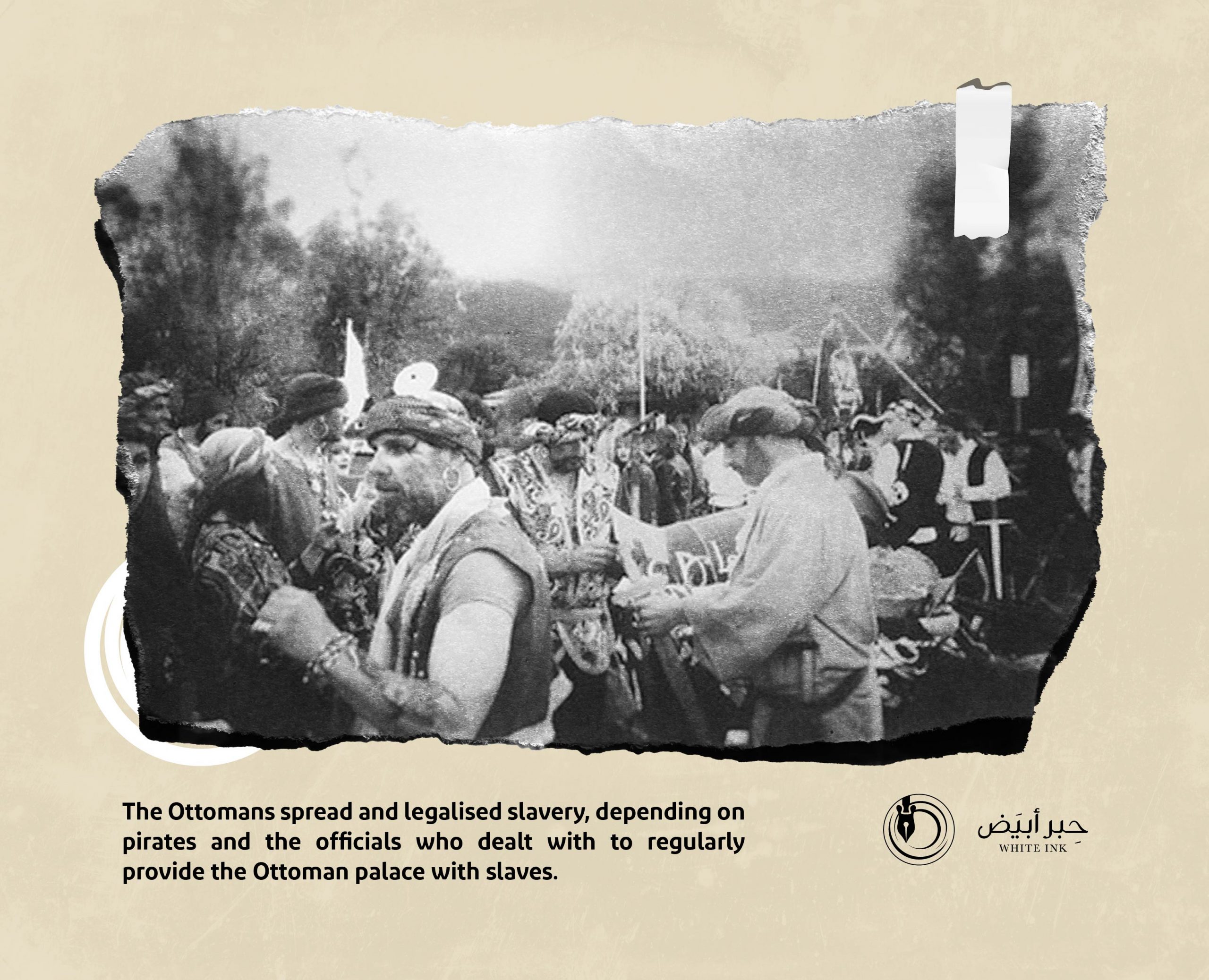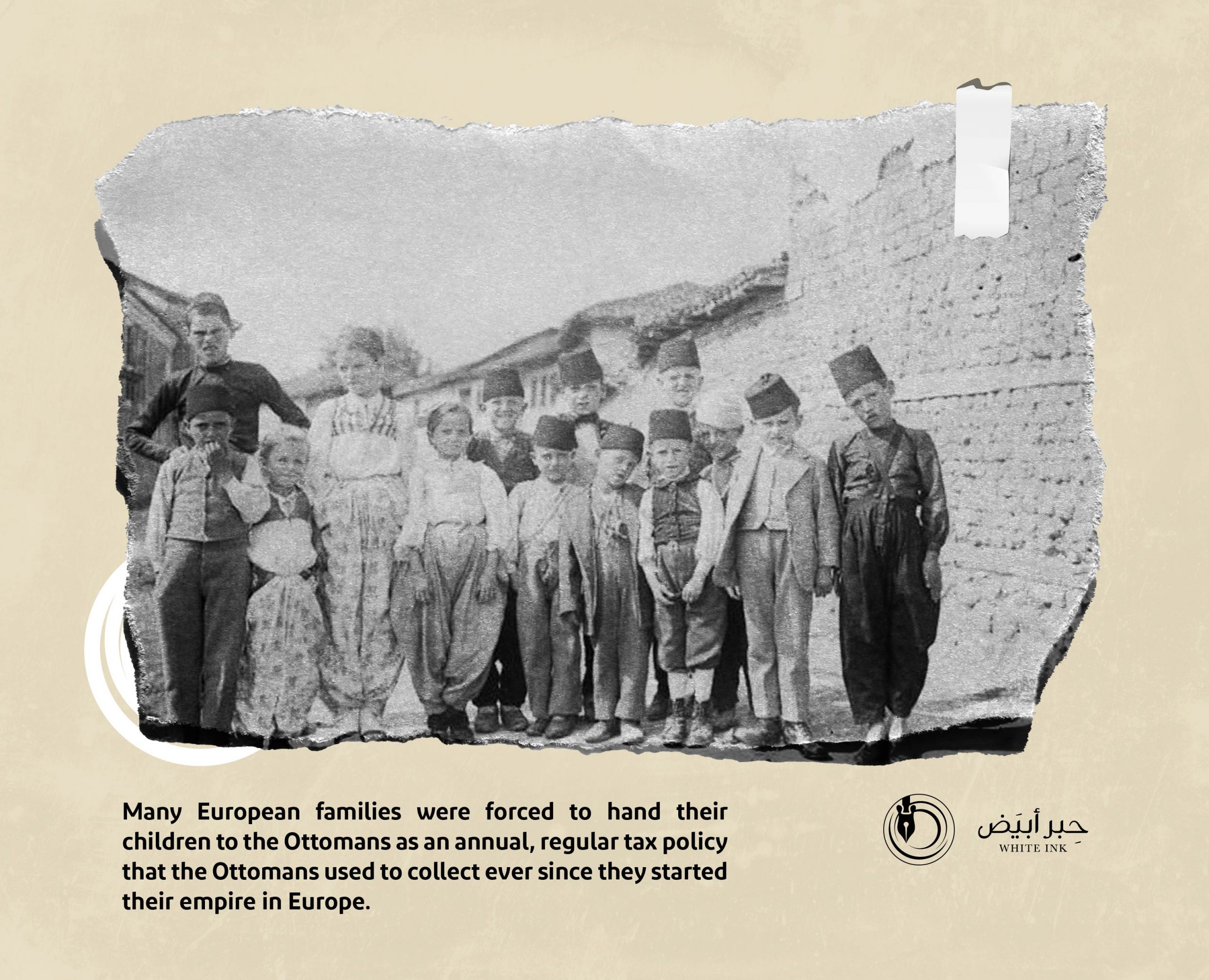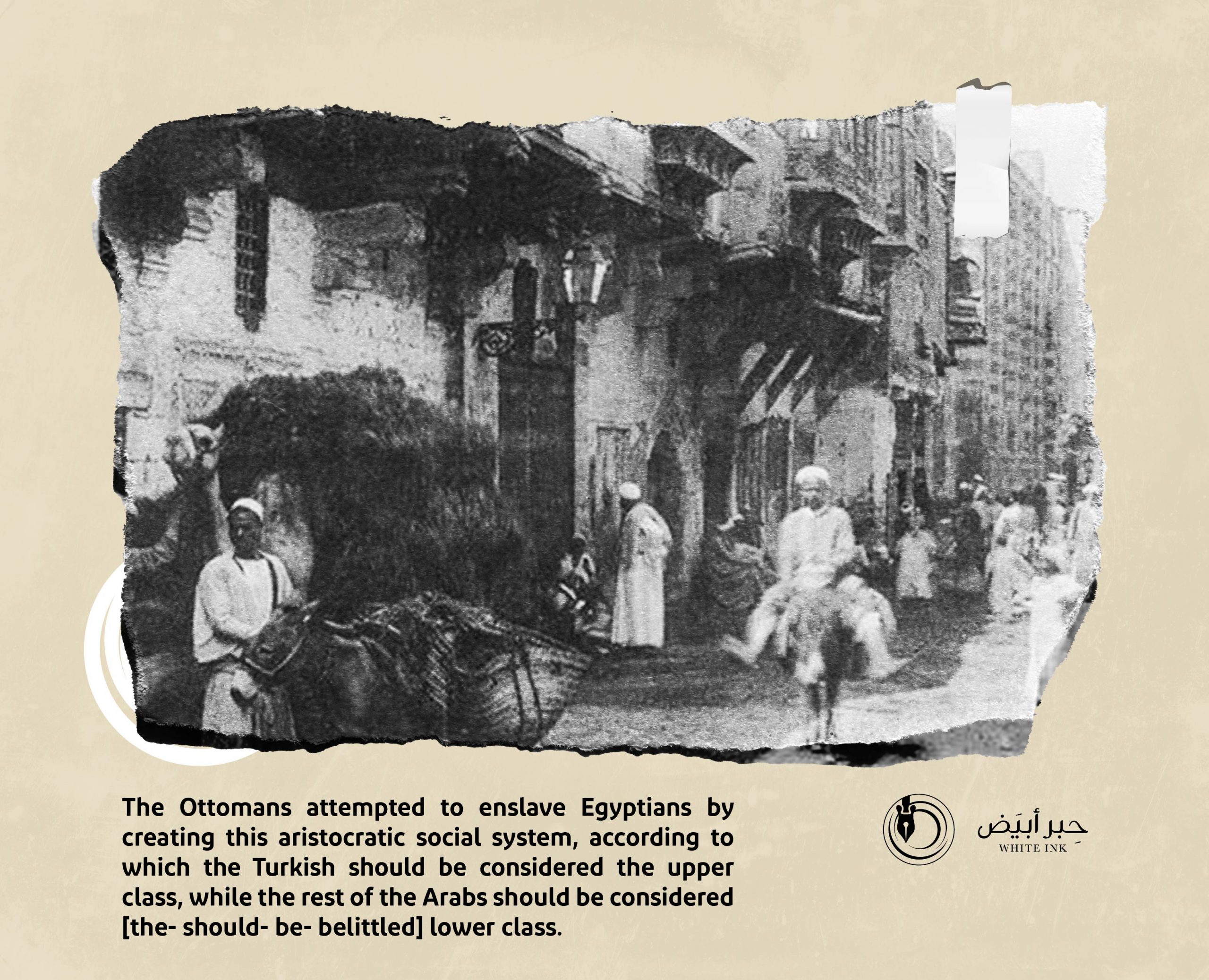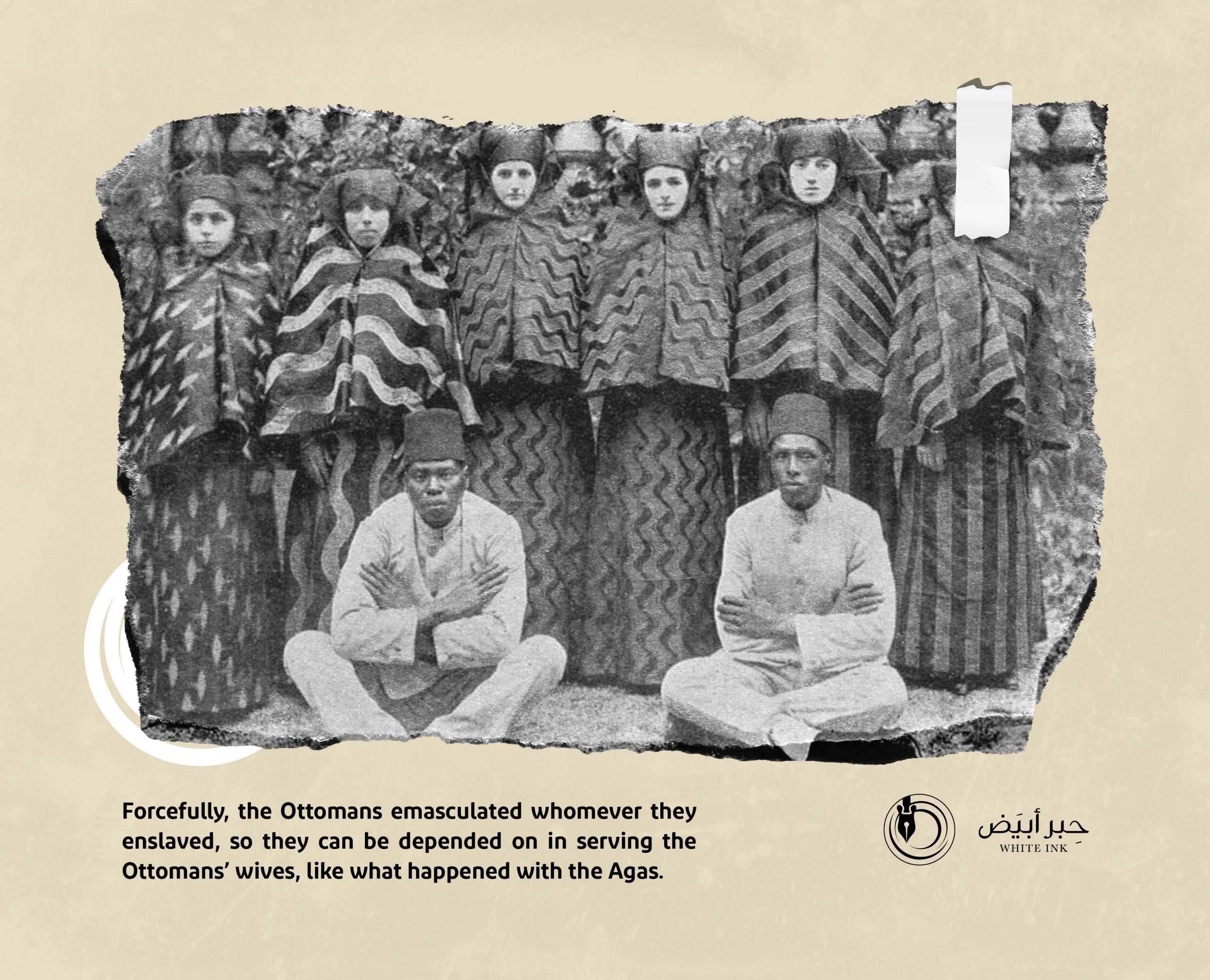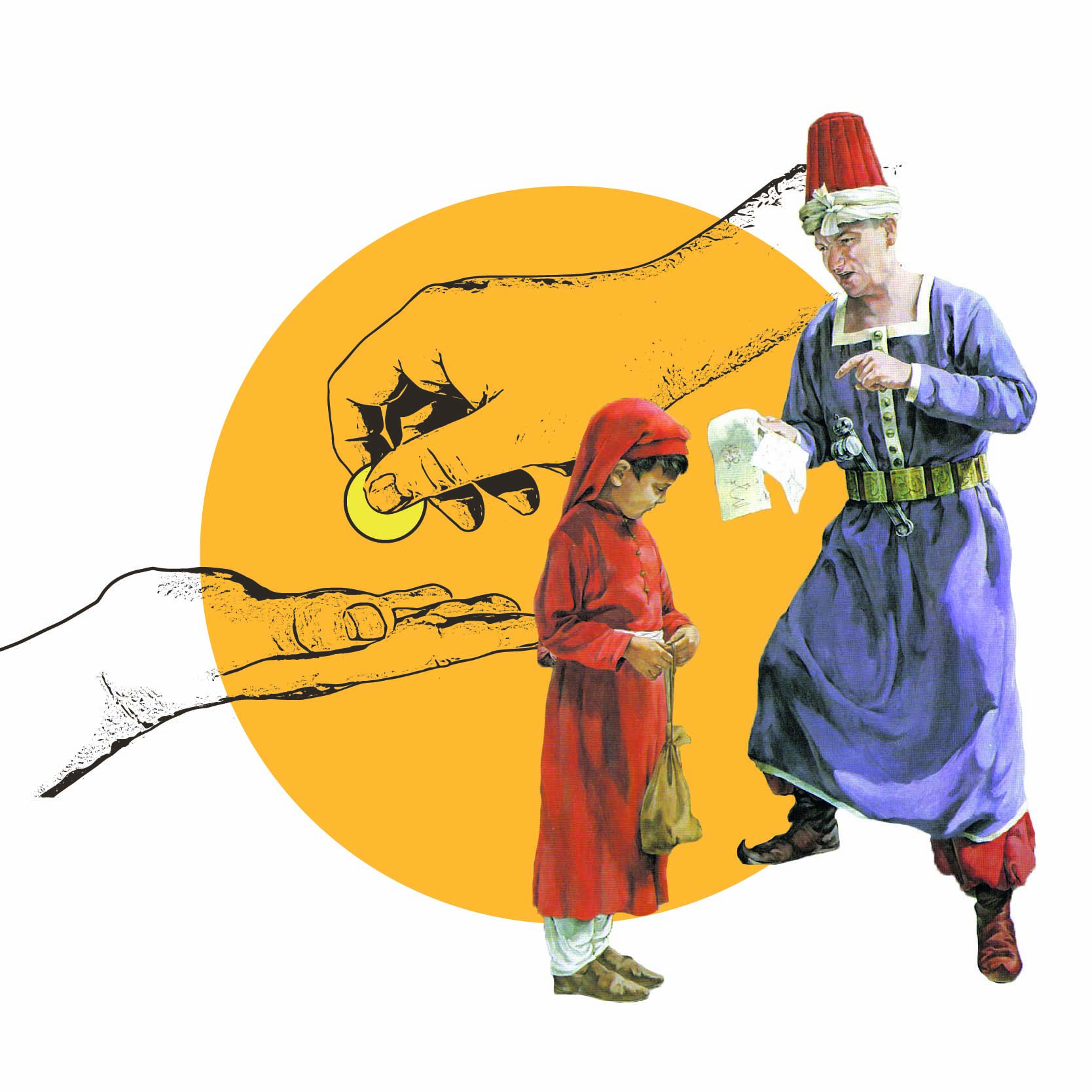
Sultan Murad II included it in Alfay' (taxes)
A boy's tax...
The enslavement of the Turkish race and the enslavement of Christians and Muslims
After the "Ya Ya" feudal squad, the Devşirme military squad came, and this is a clear violation of childhood rights.

The delegates appointed by the Sultan to bring the young men into the army took advantage of the mission in favor of themselves.



1. Talal Al-Tarifi, the Ottomans – This was not a lie (Riyadh: First Edition, 1441 AH / 2020 AD).

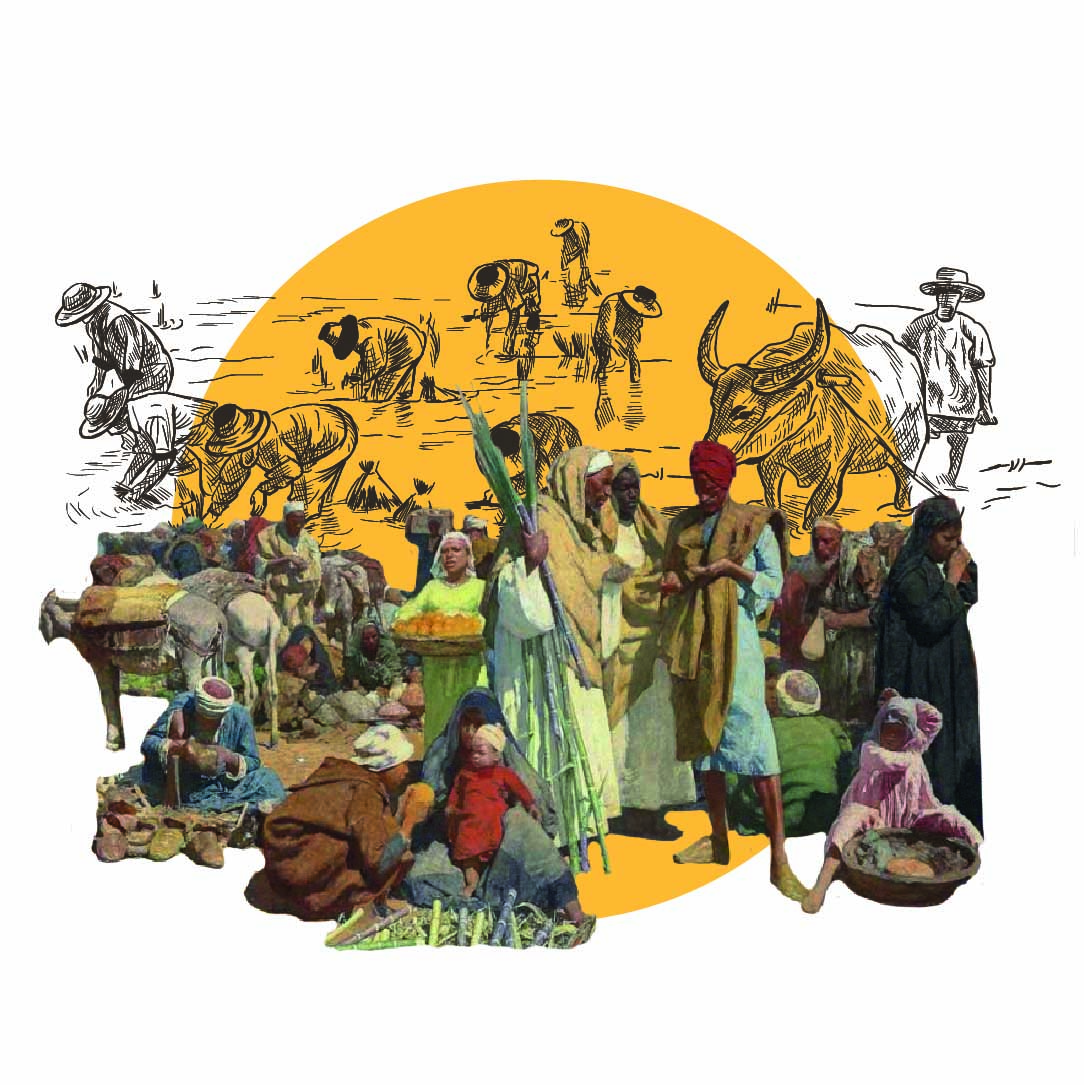
Ottoman Feudalism:
Slavery of the Land
Abdel Rahim: The Egyptian farmer was deprived of the fruit of his production.

Al-Omari: Meccans fell from hunger and thirst.



1. Ibrahim Shaaban, the Ottoman Empire … 6 centuries of terrorism, castration and harem, (Article in Sada Al-Balad newspaper, Saturday 7 September 2019).
2. Hussein Al-Omari, Hawliat Alnami Altohamia (Damascus: Dar Al-Fikr, 1987 AD).
3. Al-Eqtisadiah newspaper, Safar Berlik, an Ottoman movement, misery and displacement for the Arabs, July 16, 2018).
4. Abd Al-Rahman Abdel Rahim, the Egyptian countryside in the eighteenth century (Cairo: Madbouly Library, 1986 AD).
5. Abd Al-Rahman Al-Jabarti, A History of Wonders of Archeology in Translations and News (Beirut: Dar Al-Jeel, 1988).
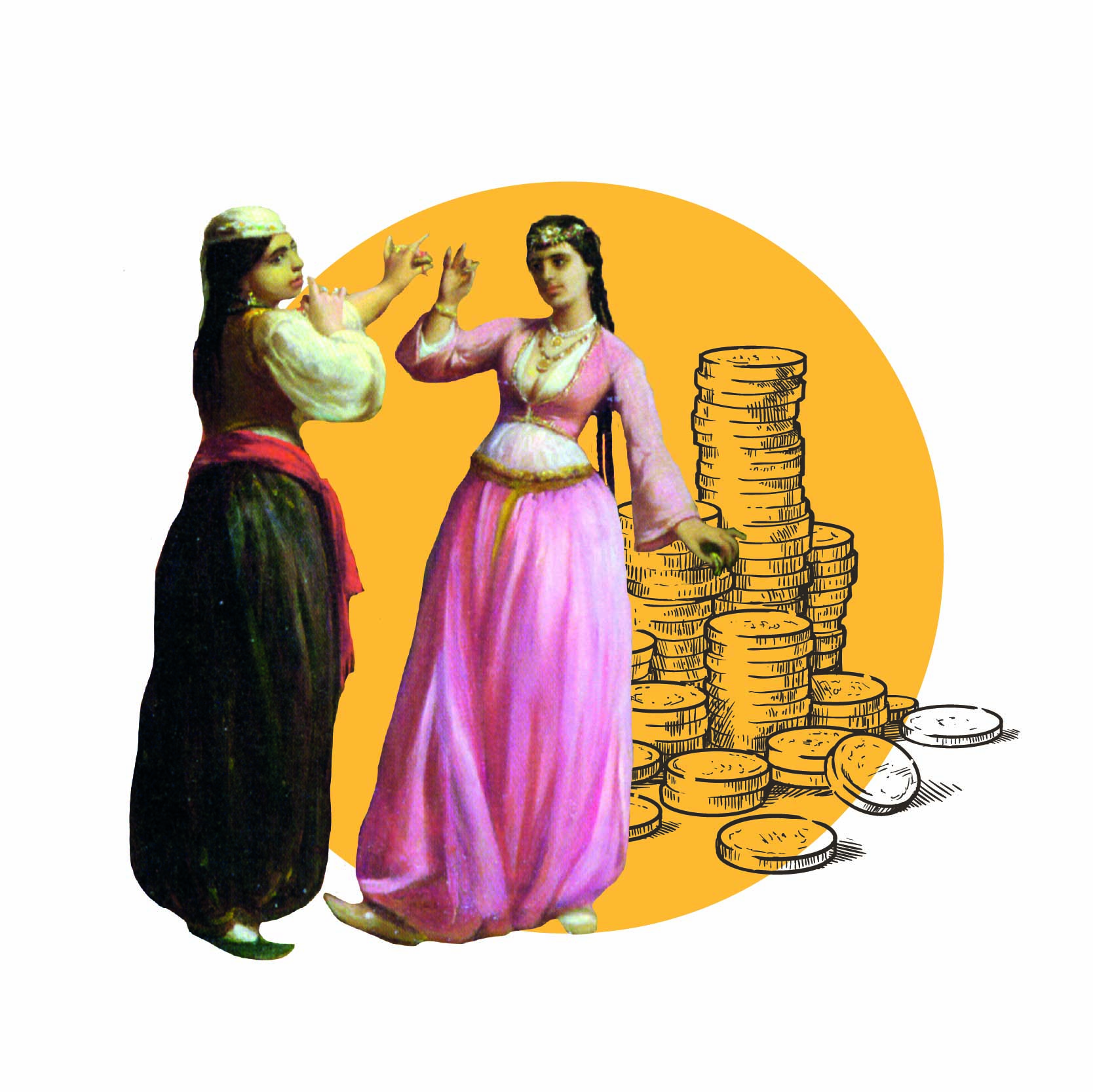
Sultans are its products
The Ottomans traded in human beings and supported "slavery"
They were accustomed to beating slaves, mocking and mistreating them.

They revived "slaveholding" due to its economic return on their treasury.

The data on dealing with slaves in the Ottoman era revealed the extent of the sultans’ insults and passion for slavery and the violation of human rights. What confirms this matter is the amount of hatred and injustice in the Ottomans’ souls towards humanity, and it gives a negative impression of their failure to fight slavery and the serious institutional work to end up the sources of slavery, which is considered shameful to humanity.
The Ottomans did not curb slavery and human trafficking, or enact laws to mitigate this inhuman phenomenon, especially as it was tempting because of the tax revenues that the Ottomans collected from the slave markets when selling slaves. This explains the philosophy of slavery pursued by the Ottoman Empire, as if the enjoyment of enslavement of a person had become an official hobby sponsored by it.
Human rights have been ignored, and human dignity became at a sharp edge. The slave girls were sold in a humiliating manner, and the slave girl might be sold with her faults and illnesses, such as pregnancy, leprosy, Vitiligo and other defects and diseases, without treating her diseases as a human being.
Humanity ceases to exist when slaves are sold in slave markets. This group of people has been exploited in a hideous manner, in cruel occupations, and for degrading purposes. The slaves were subjected to the most unethical dealings, physical and sexual assaults, without mercy or fear of any punishment. In many cases, the matter may amount to killing, especially since there is no protection for them by the Ottomans to deter their aggressors and exploiters.
The Ottomans also assigned slave women to professions that are arduous and tiring, without mercy and relentlessness. They put them in the trades of logging, farming, plowing, and domestic service. Whoever fails to perform her work will be exposed to mocking, ridicule and beatings, and may be presented to slave markets to be sold as a form of punishment and abuse.


1. Ghalib Arabiyat, “Slaves and Maidservants in Ottoman Jerusalem,” (Al-Manara Magazine, Vol. 23, No. 4, 2017).
2. Abd Al-Salam Al-Termanini, Slavery, its past and present, 3rd Edition (Damascus: Dar Tlass, 1997).
3. Lawrence Nader, The Status of Slaves in the Arab States during the Ottoman Era 1188-1273 AH / 1774-1856 AD, (Ph.D., Damascus University, 2012).


